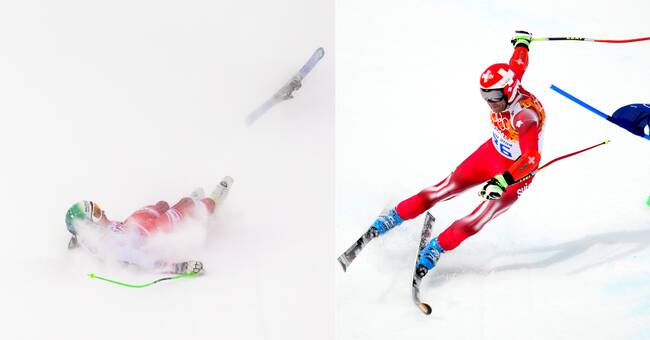Knee injuries and especially cruciate ligament injuries lie like a wet blanket over the Alpine World Cup.
Last season, about 50 World Cup skiers injured themselves during competition or training.
Almost half of them suffered cruciate ligament injuries or other knee injuries.
- The problem with our sport is that the power and energy is so enormous.
And the faster you go, the greater this energy becomes, says Dominique Gisin, who won Olympic gold in the big race in 2014 to SVT Sport.
Federica Brignone, who won the overall World Cup last year, agrees.
- From an injury point of view, our sport is dangerous and risky because it goes so extremely fast, she says.
Documentation since 2006
Atle Skårdal is a former competition manager within the international ski association Fis.
He continues to work within Fis, but today his role is, among other things, to work with the prevention of injuries in the sport.
- The job with the injury problem is as important as the job against doping, he says.
To get a better overview of the injuries and how they occur, Fis, together with the Oslo Sports Trauma Research Center, has created a documentation, which was done in 2006 with statistics on an annual basis.
"Scary to watch"
The documentation shows that over 40 percent of the injuries registered since 2006 are knee injuries.
- It's scary to see.
And the injury problem at the absolute highest level continues downwards in the system, such as the European Cup.
We also see clear statistics that those who injure themselves at a young age run a great risk of also injuring themselves again when they reach a higher level.
That's a big concern.
Despite the fact that knee injuries are a major problem in the sport, the industry is trying to optimize with faster skis and and increasingly advanced equipment.
At the same time, Fis wants to slow down the development to save the riders' knees and bodies.
- We as a union try to be responsible for the rules, but we must always follow developments.
There are those who work day and night to find faster and better equipment.
But for the sake of safety, we probably have to work together to find the best solutions, says Atle.
The entire report is broadcast in Vinterstudion around 15.30 today.

